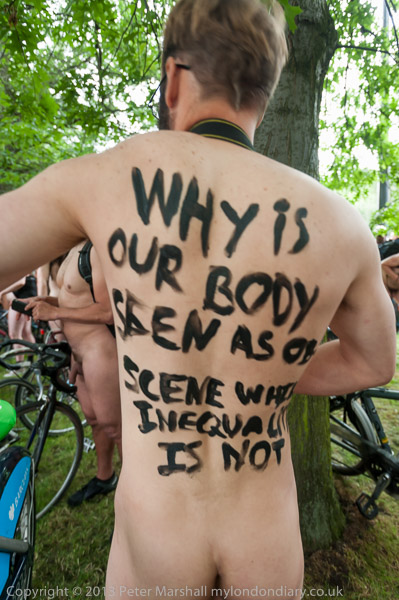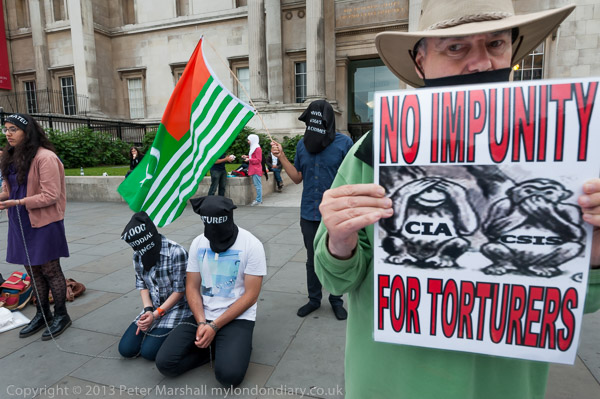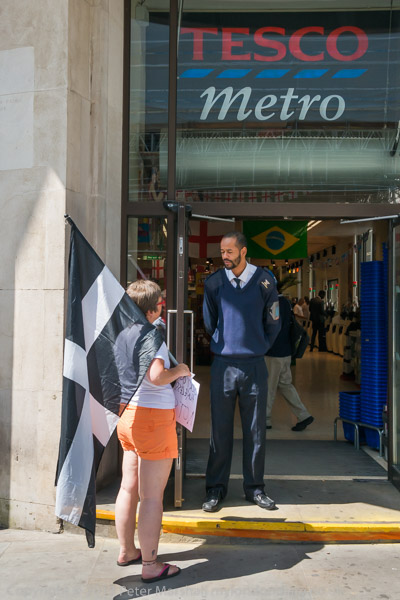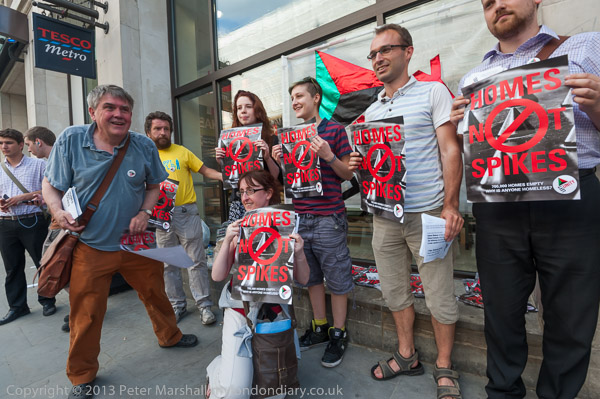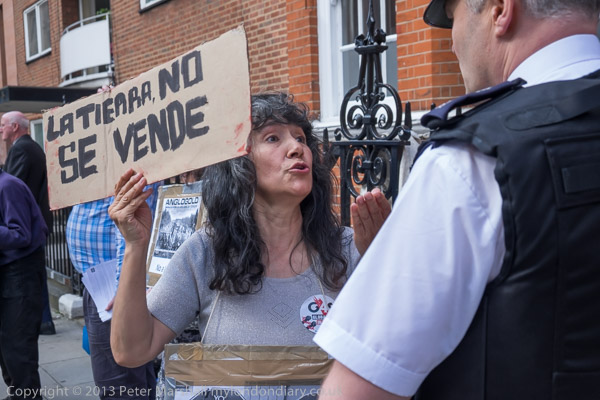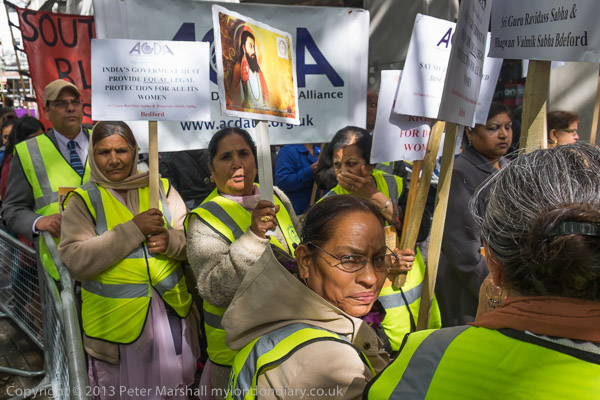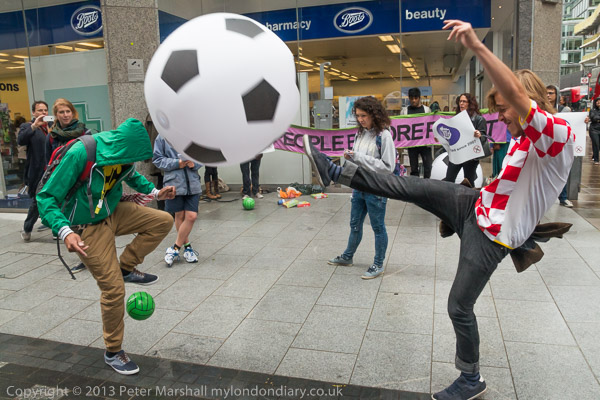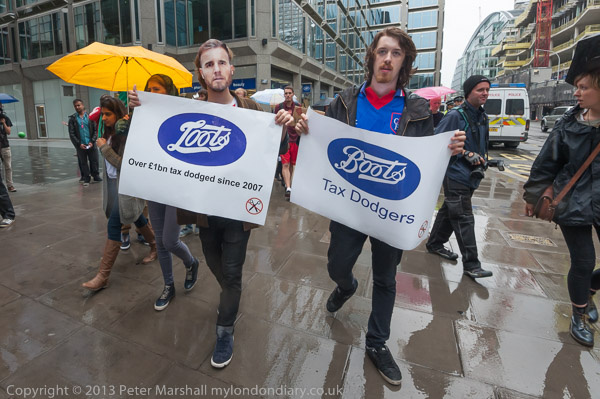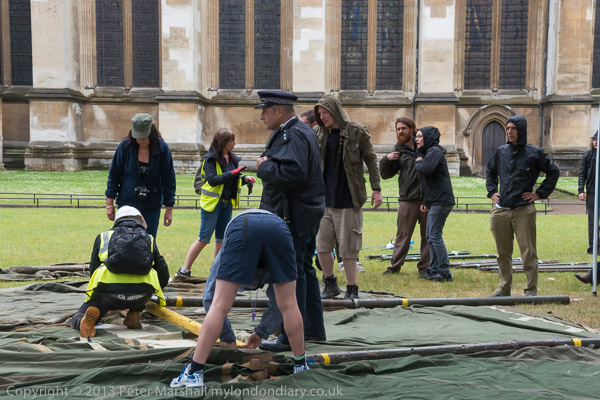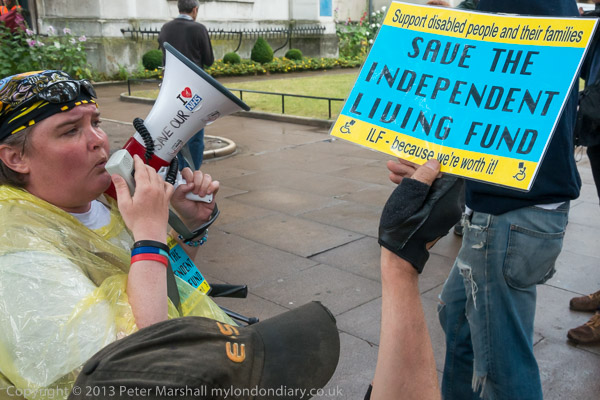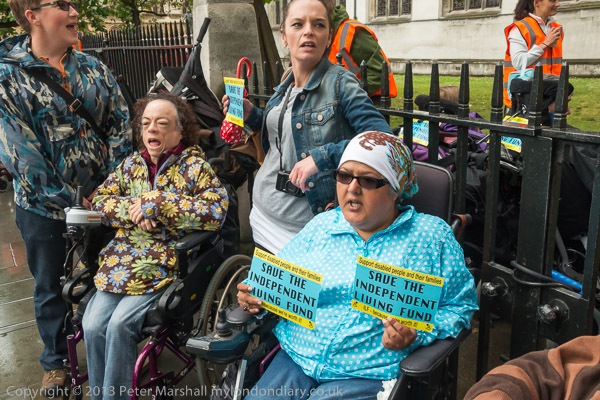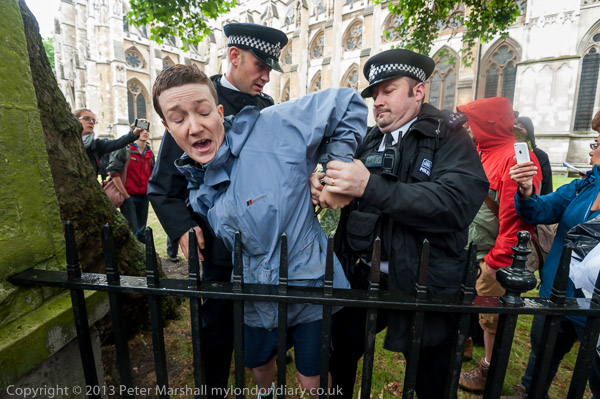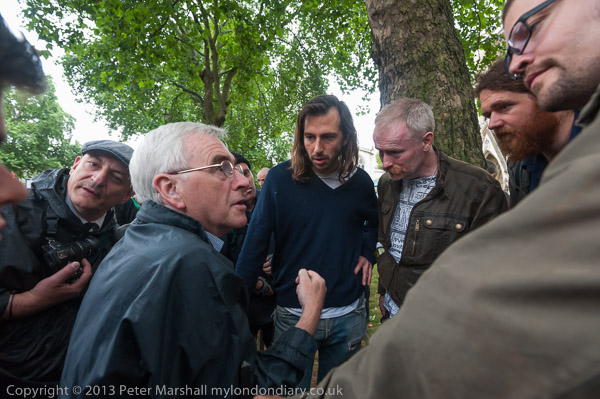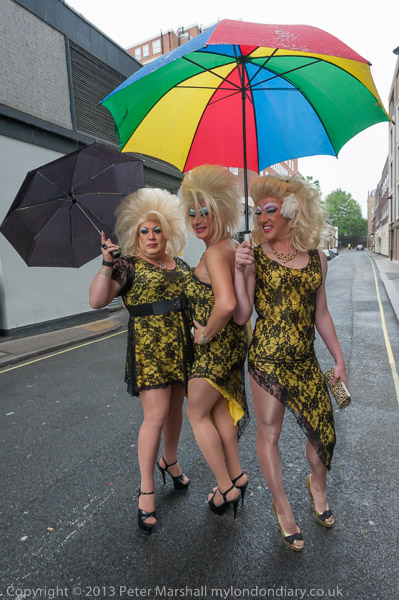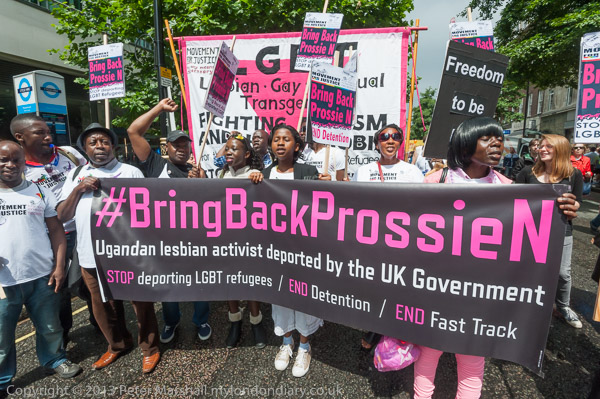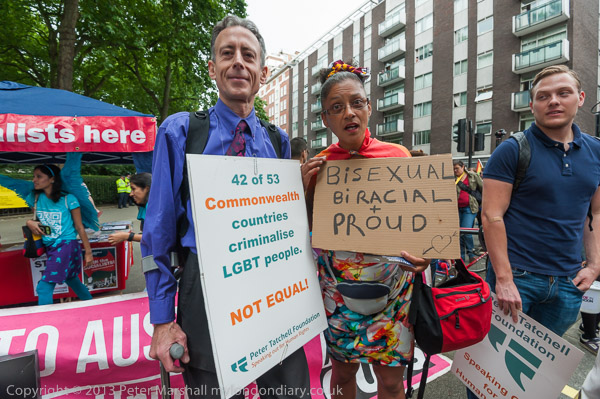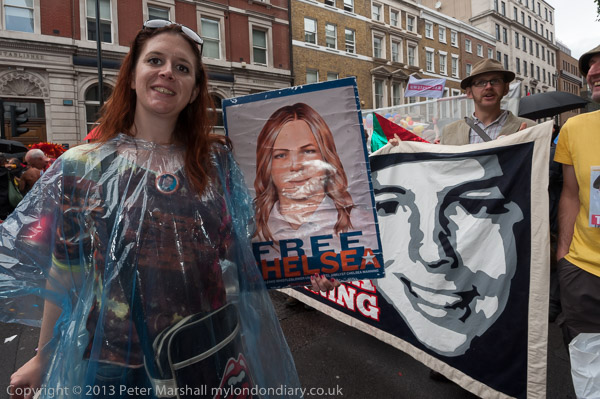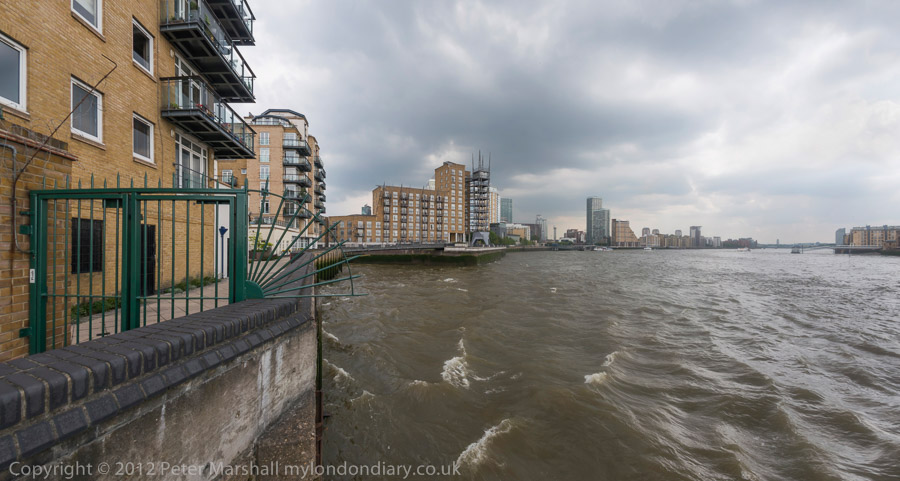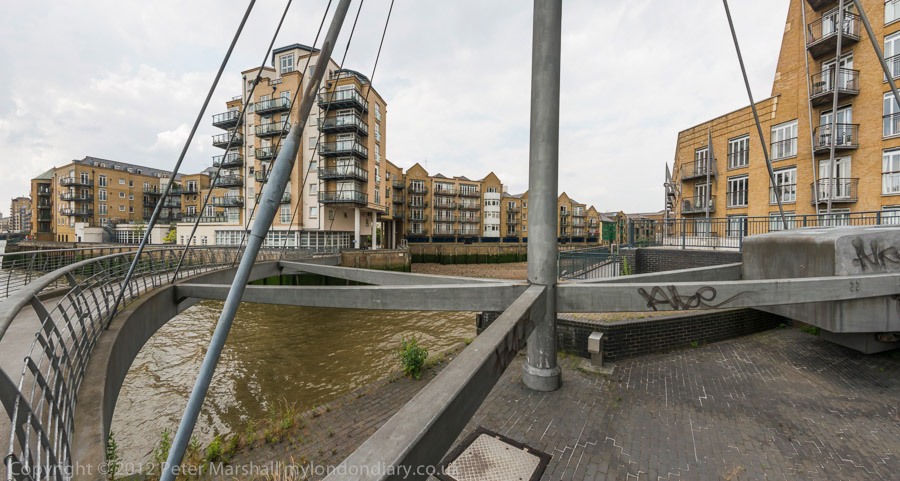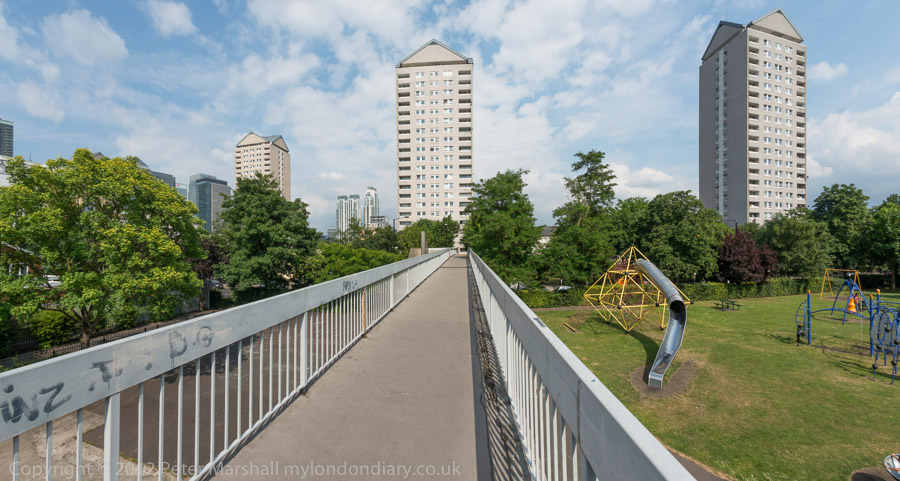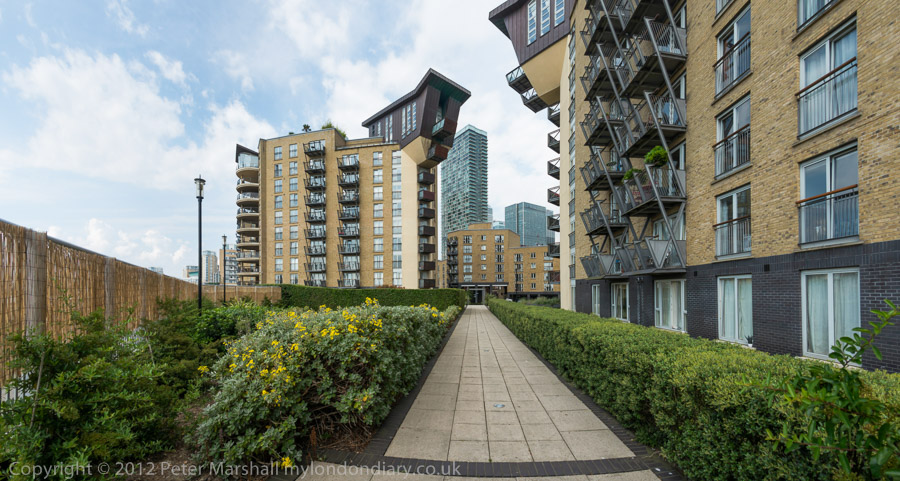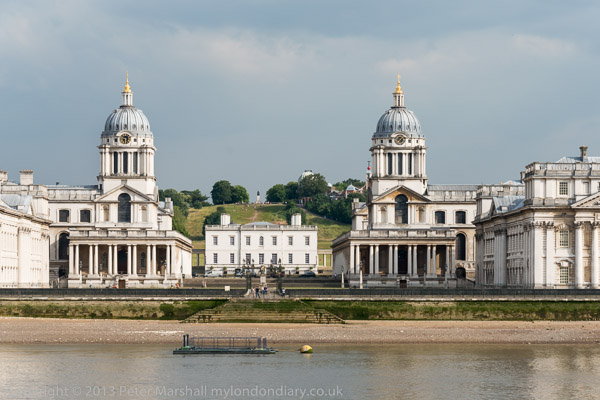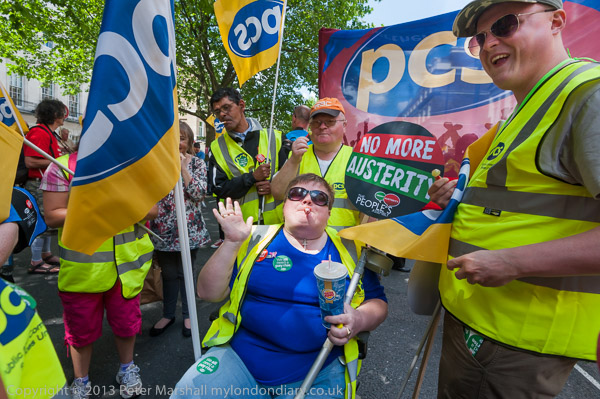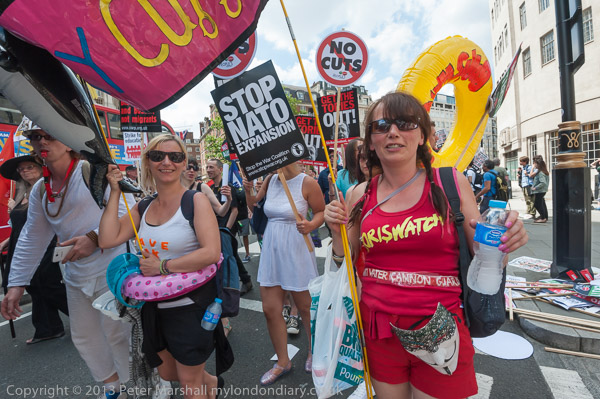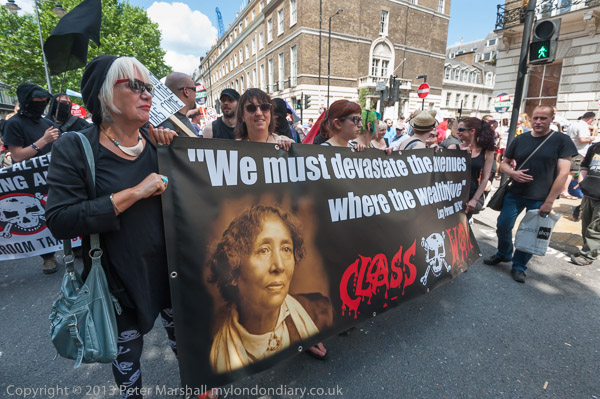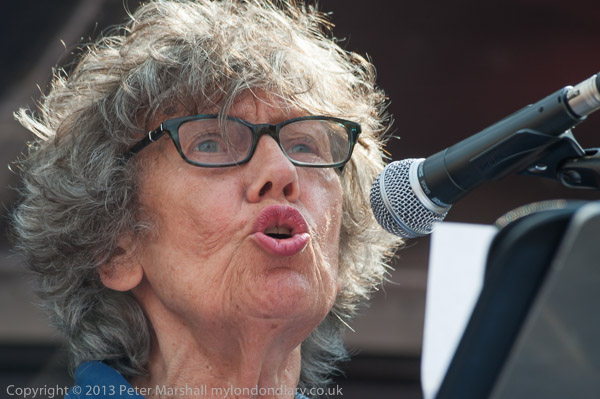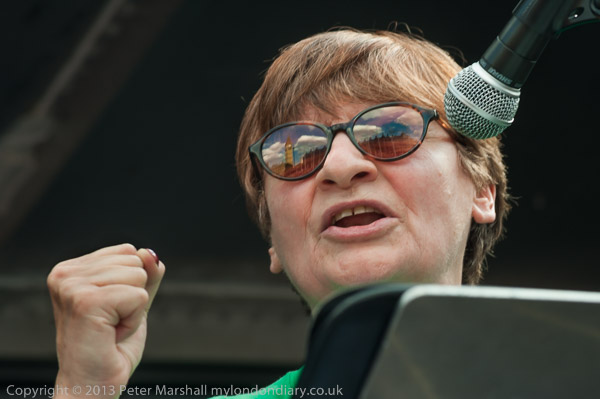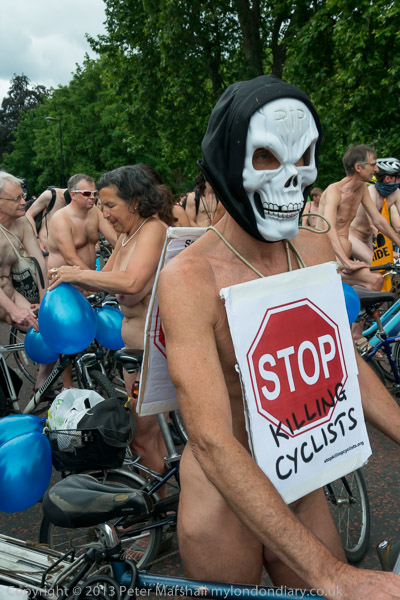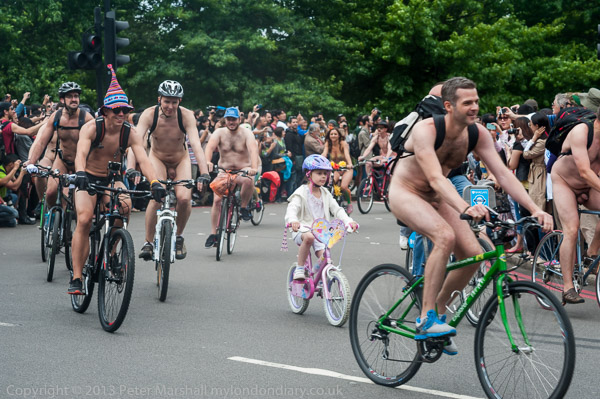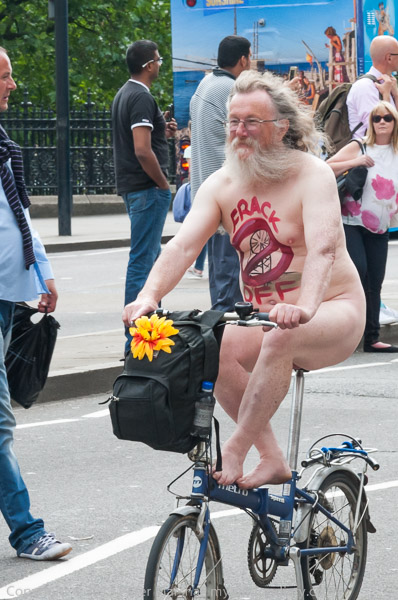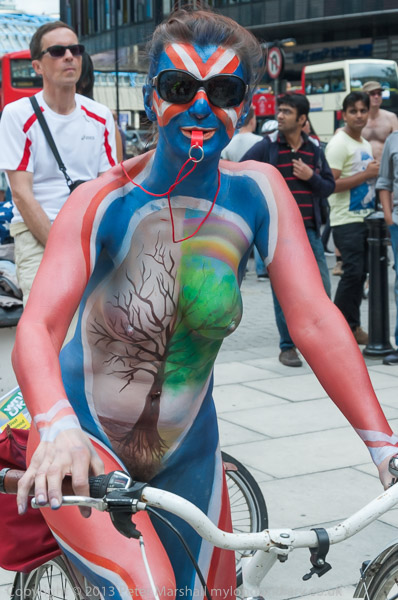Exit was the most significant single documentary project in UK photography in the 1970s (if not in the whole century), and although it gained some publicity – and a showing at the Side Gallery in Newcastle (home to most of the rest of significance in the genre in this country) in 1982, as well as publication by the Open University of ‘Survival Programmes in Britain’s Inner Cities‘ (ISBN-10: 0335101119) in the same year, it soon disappeared in the morass of theory than engulfed British photography in the lost final decades of the twentieth century.
Documentary was old hat. Seen as outdated, lacking in discursive mumbo-jumbo the project failed to be recognised and legitimised by academic flummery. And although the OU got some funding from the Arts Council, the two testimonials on its rear cover come from Peter Townsend, Professor of Social Policy at the University of Bristol, the leading sociologist of the era and Chris Hamnett, Lecturer in the Faculty of Social Sciences at the OU. The academic photography establishment preferred to hold its nose and look the other way, largely towards its own navels.
This was work in a tradition that many – largely those who were ignorant of it and had failed to understand it had rejected. But it was also fresh, compelling and highly political. And it was probably most importantly the political nature – telling the truth about our inner cites – that made it too hot to handle for the major galleries that should have shown it.
There were notable images in the book, taken between 1974 and 1979, by all three photographers, Nicholas Battye, Chris Steele-Perkins and Paul Trevor, though for me it was particularly the work of Trevor in Liverpool that stood out. Steele-Perkins writes informatively about the group in Photoworks (via David Hofmann who I thank for posting the link on Facebook) and includes this about how they divided up the country:
We all did some work in London as we all lived there, and we all did some work in Glasgow, but most of Paul’s time was spent in Liverpool, Nick’s in Birmingham and mine in Newcastle, Middlesbrough and Belfast.
His article also gives a good idea of the shoe-string nature of the project, and how the photographers worked, and of the importance of the interviews along with the photographs. The first image on his Magnum portfolio is from Belfast in 1979.
I first met Paul Trevor in the’80s and went to several events where he showed and talked about his work, in Survival Programmes as well as in East London and in India, and I was highly impressed. But it was only in 1997 when I reviewed a book giving a very one-sided view of the magazine ‘Camerawork*‘ (not to be confused with Camera Work!) which Trevor had been one of the nucleus from its first issue in 1976 that I got to know him personally. I sent him my draft review for comments, and as well as correcting some of my misconception he also contributed his own review to the small magazine, LIPService, I was then editing for London Independent Photography. You can read the text of my review for ‘Visual Anthropology Review‘ on-line and the final article with illustration here if you have a Wiley Online Library account. Though why they should charge for accessing my work without giving me a share is something of a mystery.
The following year ‘Visual Anthropology Review‘ published a feature with 20 of my pictures from the Notting Hill Carnival with text by George Mentore (my name does not appear in the abstract – and again you pay but I get nothing) and also an article by Dale Newberry, ‘Photography and the visualization of working class lives in Britain‘ (same terms) in which Trevor’s work was featured, and I was rather surprised to find how little known his work was at that time in the USA. I got the front cover of the magazine, with a rather better image by Trevor on the back.
More recently, I wrote about his work in Liverpool and the book and show there in 2011, Like you’ve never been away. It’s a nice book, with much better photographic printing than Survival Programmes, though with its portrait format some of the images disappear rather disastrously down the gutter.
Grain, the new Photography Hub and Network for the West Midlands at the also new The Library of Birmingham, has recently acquired a collection of over 250 vintage prints from Exit Photography Group as a gift from the the Calouste Gulbenkian Foundation who funded the original project, although I think there are only 3 pictures – one from each photographer currently on line. There is a large collection – 125 pictures – of Paul Trevor’s work from Liverpool – reproduced from his contact sheets in a rather strange sepia – on Flickr.
* Camerawork is now apparently rare. I just found a bookseller offering a copy of a single issue for £32.95 (+ postage). I have an almost complete set and gave away some spare copies… You will be lucky to find a copy of Survival Programmes for less than £100 too.
